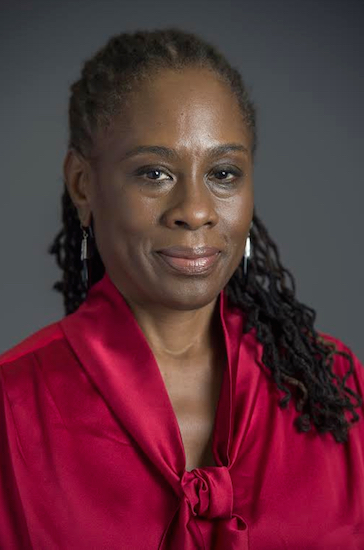City’s First Lady Chirlane McCray outlines mental health battle plan

New York City’s First Lady Chirlane McCray on Tuesday offered a progress report on her ambitious effort to get the city to tackle mental illness in a different way, telling reporters that government can no longer ignore “the elephant in the room.”
McCray, who has made mental health the hallmark of her public role as Mayor Bill de Blasio’s wife, told a group of journalists at a reporter’s roundtable at Gracie Mansion that she is in the process of assembling a roadmap that will lead to a guide to how mental illness will be treated in the city.
The statistics are sobering, according to McCray, who said studies have shown that one out of every four or five adult New Yorkers has some type of mental health condition.

Brooklyn Boro
View MoreNew York City’s most populous borough, Brooklyn, is home to nearly 2.6 million residents. If Brooklyn were an independent city it would be the fourth largest city in the United States. While Brooklyn has become the epitome of ‘cool and hip’ in recent years, for those that were born here, raised families here and improved communities over the years, Brooklyn has never been ‘uncool’.